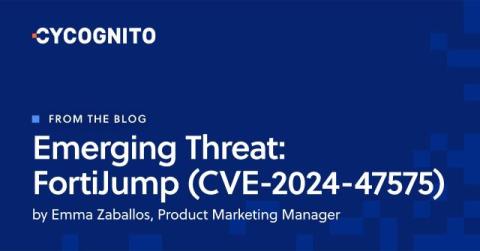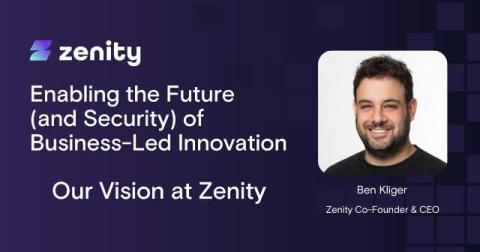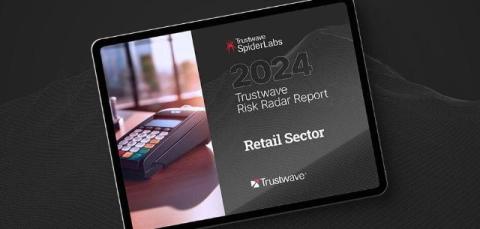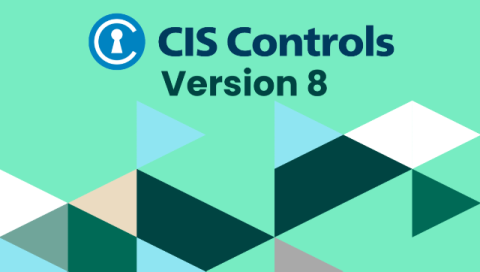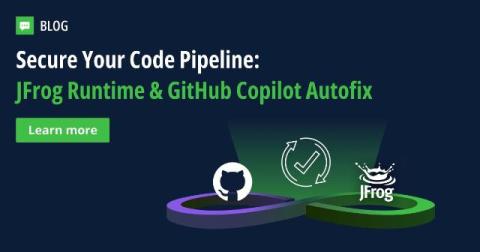Emerging Threat: FortiJump (CVE-2024-47575)
CVE-2024-47575, also known as FortiJump, is a critical (9.8) missing authentication vulnerability affecting critical functions in FortiManager and FortiManager Cloud versions. Threat researcher Kevin Beaumont published a blog post on October 22nd, 2024 identifying this vulnerability as a zero day. This vulnerability is separate from CVE-2024-23113, which also affects FortiGate devices.


